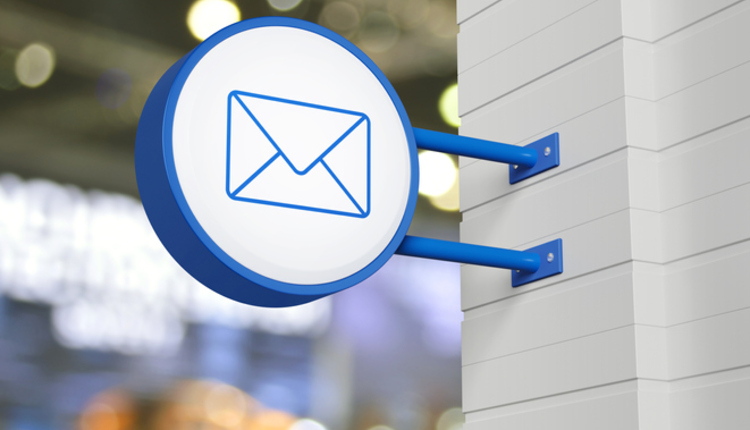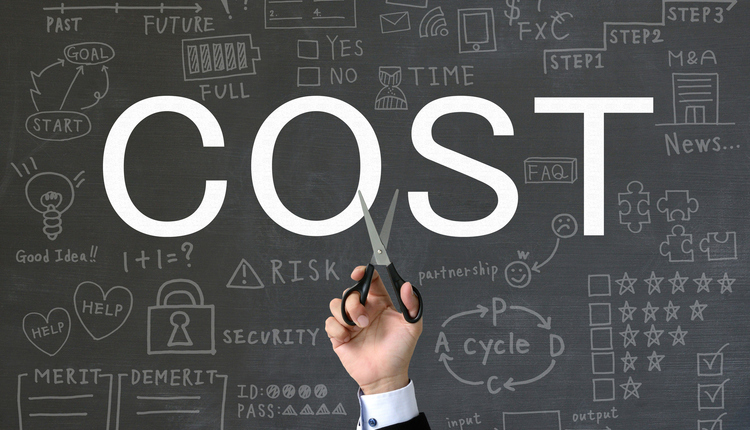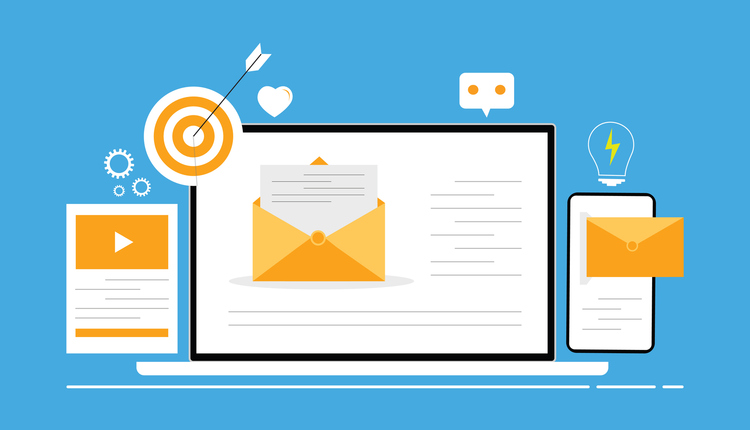Nothing is more inevitable than evolution. Evolution happens in fits and starts as determined by necessity; innovations typically happen gradually and sequentially, with one invention informing the next one. However, every so often, world events spur exponential evolutionary growth. While there isn't much that can be done to predict the next significant evolutionary shift, there are ways to capitalize on those changes. Cue an unprecedented pandemic that has changed the way humans live and interact around the world.
Of the many byproducts of the pandemic, rapid innovation allowed businesses to operate beyond their standard capacities. The boom of e-commerce pushed all mail centers to work harder, processing an unprecedented number of shipments. Mail operations reached a new peak due to the pandemic, and we are now at a point of no return; the post-pandemic mail center must continue to become more robust, powerful, and efficient. We have entered the next normal: a return to stability, but not to the way things were before.
Luckily, necessity is the mother of really cool technology. We have been fortunate enough to have innovations and advancements that we're able to meet the moment when the pandemic began. We can now use these tools born out of the need to keep everyone safe and distanced to enhance our daily lives post-pandemic. Here are three technological trends that may become commonplace within mail centers around the world.
The Expanded Usage of Kiosks
Physical kiosks may be the most accessible type of automated service to identify. In recent years, they have grown in popularity at chain restaurants, grocery stores, and other retail settings. Yet this integration of automation into our daily lives as consumers is just the tip of the iceberg. The benefits of using kiosks continue to grow, as they often act as the first line of customer interactions, with more intuitive applications popping up every day.
Even as the pandemic waged last year, many mail offices maintained business continuity through digital devices that allowed for social distancing. According to the state of Michigan, over half a million interactions were processed through state government facility kiosks in 2020. Kiosks were also an essential tool, along with digital mail, which helped clients stay connected to their receivables while keeping them out of the office. Kiosks put that next level of distance between those who needed on-site services and facility employees themselves. As the pandemic wanes, the need for kiosk services will continue to be necessary.
Now that we've seen kiosk usage become more established within mail center facilities and other businesses alike, there are many ways we will interact with them in the future as they become even more ubiquitous. The user experience that kiosks provide to mail center customers should become more intuitive as the years go on. A mail center machine's programming could suggest complementary services to gain additional revenue during the time of service. Those who are mailing out certified mail could be offered additional services, such as signature and receipt verification. Kiosks could also continue to be the go-to option for peak customer service times as well as off-hours. These measures can continue to close potential revenue gaps and allow for a more efficient user experience while also letting employees focus on tasks that distinctly require a human touch. We are only at the beginning of a kiosk renaissance, with more use-cases coming every day.
Carrier Integrations and Consolidation of Data
Technology is rapidly evolving at a breakneck pace; each carrier is creating tools to enhance user experience and the inbound/outbound mail journey for every facility. Each new tool provides a unique opportunity for improved insights into the path of the parcels, packages, and letters that pass through a facility. However, to truly be helpful to a mail center that works with multiple carriers, these tools must be used in conjunction with an umbrella platform that houses all of the data created by each service. Mail facility managers lose valuable time jumping from app to app, trying to find the metrics and reports generated by even just one carrier.
Features such as UPS' Quantum View and FedEx Insight provide in-depth data regarding inbound and outbound shipments as well as automatic notifications designed to help increase visibility into a facility's supply chain. FedEx's SenseAware ID takes things a step further by providing even more checkpoints for package tracking through their sensor-based logistics. Using Bluetooth Low Energy (BLE), a small sensor attached to the packaging offers precise location data at nearly 10 times the number of checkpoints as traditional package scanning protocols. All of which equates to enhanced real-time data regarding the location of a package.
Given advances like those described above, we are starting to see facilities consolidating their data under one umbrella platform, as it has now become essential to their operation. Instead of working day by day, a consolidated platform provides mail center managers a holistic view of their operation, making it easier to identify gaps and improve business strategy in the long run. Having access to complex data on a single platform increases efficiency while also giving managers the tools they need to streamline reporting and increase revenue.
The Emergence of Hyperautomation within Mail Centers
Advancements like artificial intelligence, machine learning, and robotic process automation have allowed companies to operate at an elite level for the past few years. However, recently, there has been a way to leverage and merge all these technologies into one process called hyperautomation. Hyperautomation as a practice involves identifying various computer-based operations to automate, select appropriate automation tools, and extend their capabilities using specific advanced technologies. It allows companies to choose different methods to automate and appropriate advanced tools to expand operations beyond standard capacities.
Although we are only beginning to master this technology, many companies have already started using hyperautomation in various applications. For mail centers, a prime application for hyperautomation is customer or client interactions; center managers have the opportunity to upgrade their basic customer processes such as customer onboarding, order taking, payments, and customer data updates. Allowing advanced technology to dictate the pace, execution, and overall experience for process based on past data, reports, and metrics, will free up the workforce to do more complex tasks.










